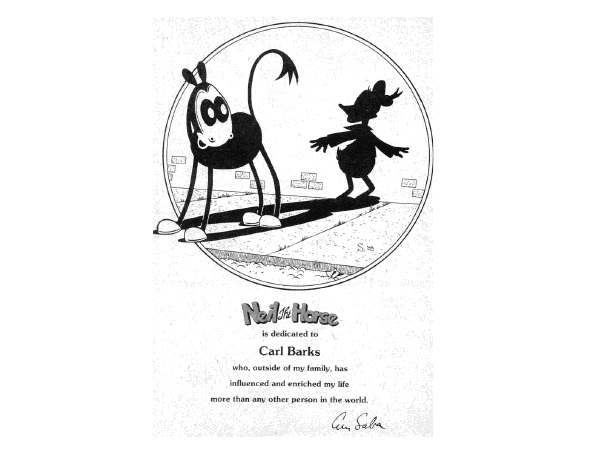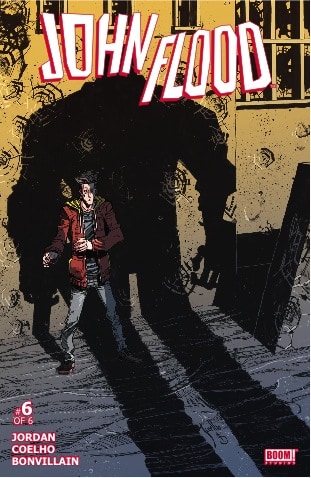The 1980s brought incredible changes to the North American comics industry. The proliferation of specialty retailers, the relaxation of self-censorship regulations and a burgeoning interest in the aesthetic dimension of graphic storytelling all helped to create a landscape in which independent publishers had the potential to thrive. This free-for-all climate emboldened a new generation of creators to wed the anarchic spirit of the 1960s underground to a very Reaganomic entrepreneurial evangelism. The resultant black-and-white comics boom encompassed everything from truly avant-garde work like Art Spiegelman’s Raw (birthplace of the now-canonical Maus) to the pop-punk stylings of Jaime and Beto Hernandez’s Love and Rockets to Hollywood-ready product like Eastman and Laird’s Teenage Mutant Ninja Turtles.
Debuting in 1984, the latter book is the most famous (if by no means the most critically respected) exemplar of one of the era’s most distinctive trends – the Nu Funny Animal Book. If you’re gagging on a generic category that evokes thoughts of Limp Bizkit, then I’ve done my job. Books like TMNT, Radioactive Black Belt Hamsters, Boris the Bear, Usaji Yojimbo, etc appealed to the same towel-snapping 10-to-30 year old demographic that would make heroes of Kid Rock, Godsmack and Slipknot during the following decade. The idea of arming Disney-style anthropomorphized creatures to the teeth and setting them loose to warm the cocks and hearts of the gamers and other spastic types who’d begun to encrust local comics shops across the continent like so many eternally pubescent barnacles did not originate with Eastman and Laird. In fact, Independent Patron Saint Dave Sim’s Cerebus had already blown well past this phase during the late-1970s, on its way to the brilliant heights of “High Society”, “Church and State” and “Jaka’s Story” – and Sim had plenty of precursors as well. However, TMNT did provide the definitive popular expression of this dubious impulse.

Which brings us to the undefinitive expression of ‘80s Funny Animalism — Katherine Collins’ (nee Arn Saba) Neil the Horse. Appearing under the aegis of Cerebus publisher Aardvark-Vanaheim (then run by Deni Loubert), issue #1 hit the stands in February 1983, a year before TMNT (and some of the material in the book dated back to the mid-1970s, when the strip had enjoyed a small-scale syndicated run, mainly in Western Canada). Far from Nu anything, the series kicks off with a heartbreakingly sincere tribute to the funny animal genre’s most beloved auteur, Duckburg’s own Carl Barks – but NTH is no mere nostalgia piece. Or, if it is, it’s a work that performs a very unusual pas de deux with pop history in quest of the comic book’s seemingly untapped potential to instill pure joy. Collins’ explicitly stated aim was to isolate the gentlest properties of pen-and-ink choreography from the punching bag poetics, the noirish tensions or the slouchingly misanthropic associations brought to the page by Kirby, Eisner and Crumb. Comics had mastered the art of making fists and giving fingers. Neil was the first work of sequential art to extend a hand to its readers and beckon them onto the dance floor.
It was, manifestly, an idea whose time had not come.
Until, we can only hope, now.
This column, which will provide in-depth looks at all 15 issues of Collins’ masterpiece, is offered as a small contribution to the Neil the Horse revival that its author confidently expects… uh… soon…
– David Fiore





